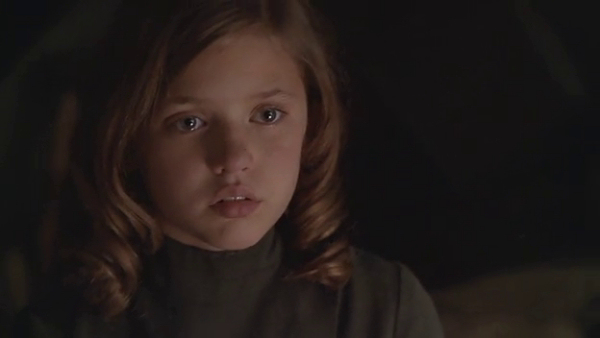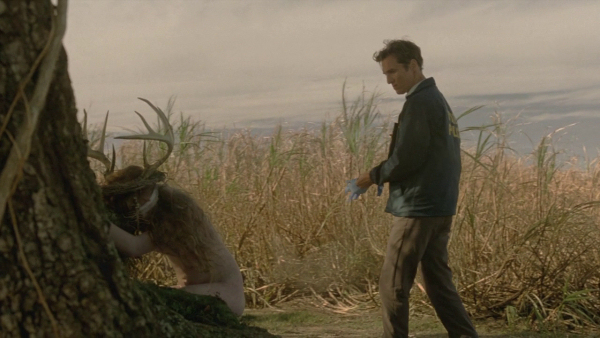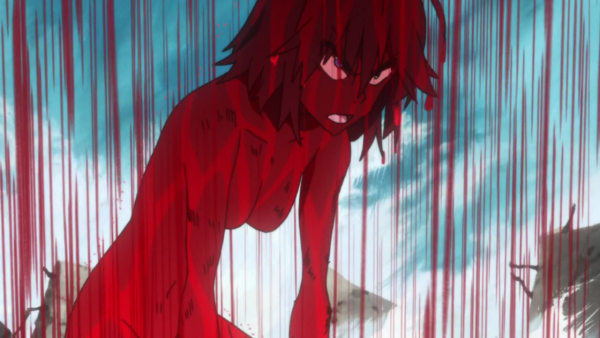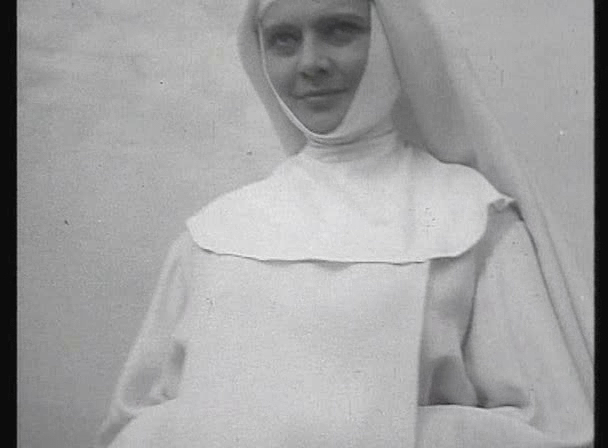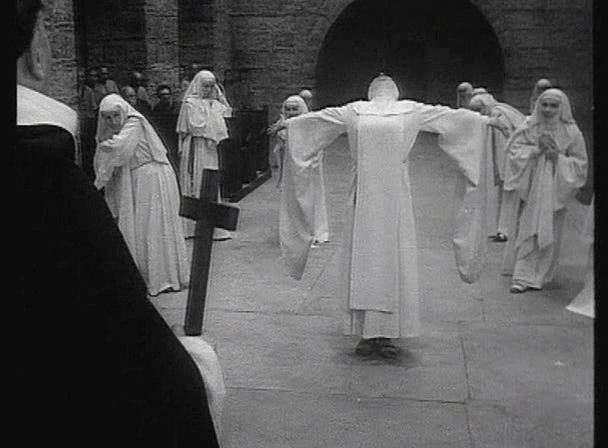
Acting isn't as easy as you might think. Kids are particularly bad at it, most of the time. But we live in a post-Dakota Fanning era when the former child actress and her siblings have altered the landscape with surprisingly effective performances. But it wasn't so long ago, 1995, that Alfonso Cuaron directed A Little Princess, a sadly Americanised adaptation of Frances Hodgson Burnett's novel. That the film possesses some charm in spite of this dubious creative decision is surprising enough. More impressive is that it survived the extraordinarily terrible performance of its lead.

Keen eyes will spot subtle variations in Sara Crewe's facial expressions.

This was Cuaron's first English language film and I suspect he had very little control over it. Sara Crewe was portrayed by Liesel Matthews, now known as Liesel Pritzker Simmons. Her Wikipedia entry lists her current occupation as "heiress to the Hyatt Hotels fortune, and philanthropist." What sort of philanthropy? "Liesel Pritzker is the founder of Young Ambassadors for Opportunity (YAO), a network of young professionals who aim to inspire, educate, and involve others in microfinance and the work of Opportunity International." Microfinance meaning financing small businesses, apparently. She also sued her father over a dispute regarding her trusts and got $280 million dollars as a result. It's wrong to judge from a Wikipedia entry but I don't think I would like Mrs. Simmons very much if I met her.
Maybe she should sue her parents for forcing her into acting at a young age because judging from the enthusiasm on display in A Little Princess I really don't think an acting career was ever her idea.
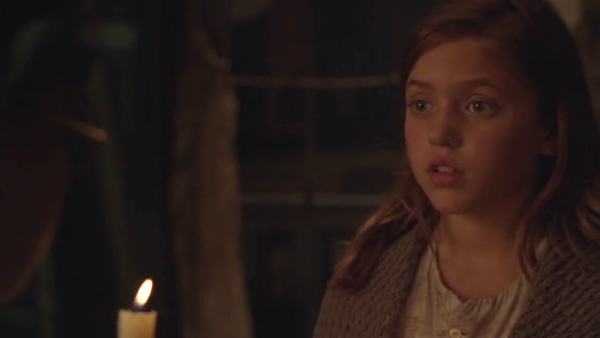
And I need hardly mention that the American Pritzker has the wrong accent for the English Sara Crewe.
She and her father, portrayed decently enough by future Game of Thrones man Liam Cunningham (looking really strange without a beard), are still supposed to be English in the movie but the Victorian London school of the book becomes a school in 1910 New York, apparently as an ode to a 1939 adaptation of the book starring Shirley Temple. I haven't seen that movie--and I haven't read the book either--but it's bizarre how much the structure of people's lives in the 1995 film feels displaced from Victorian London--the school is in a neighbourhood of terraced houses closer to the British variety than the American equivalent. The school has a staff of servants who work in a basement kitchen, larder, and scullery.

But of course, this is a kid's movie and if you're a kid you're probably not going to know or care about this sort of thing. The fact is, a lot of the supporting staff does a good job of taking this child's world with child's logic seriously, especially Eleanor Bron as the headmistress who manages to make being provoked by a small child and keeping her locket out of spite seem like a credible character.

Cuaron moves the story along briskly but not awkwardly and there's a real beauty to a lot of the production design. He almost overcomes the dead weight of his star.
